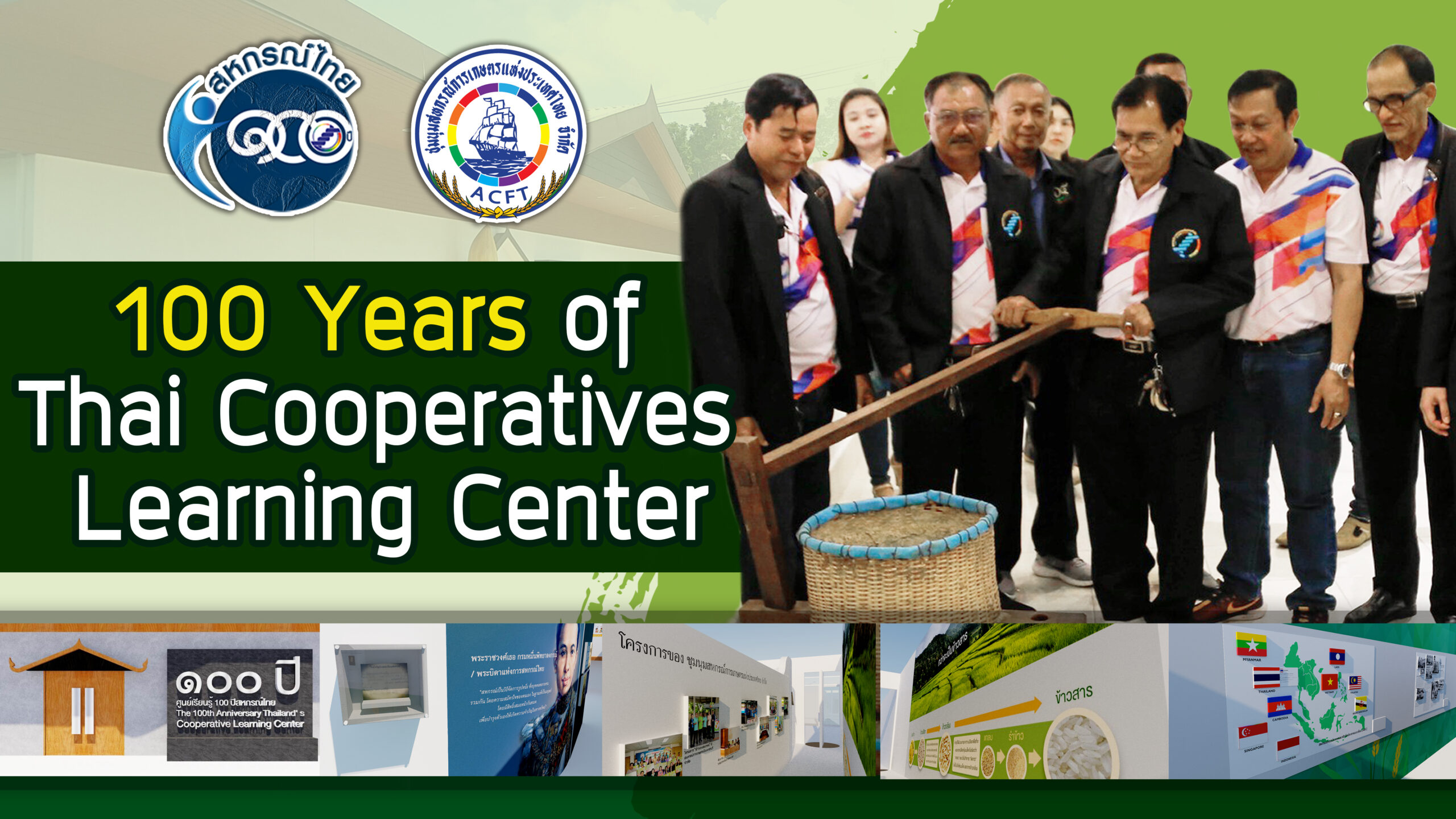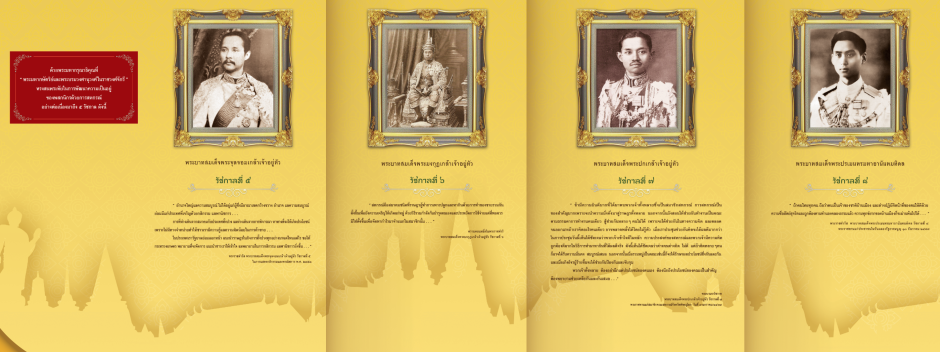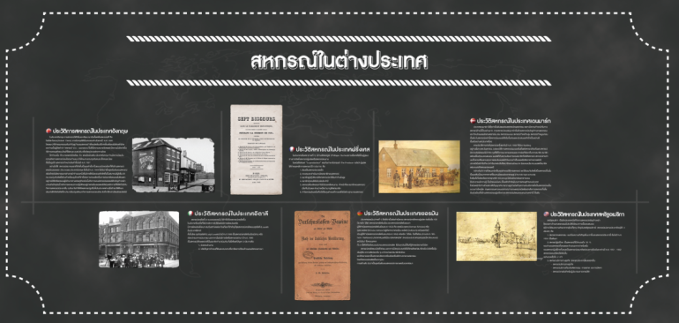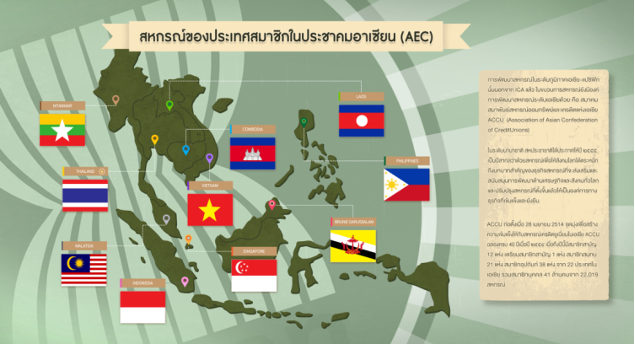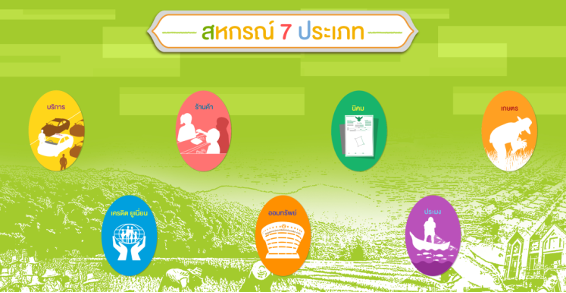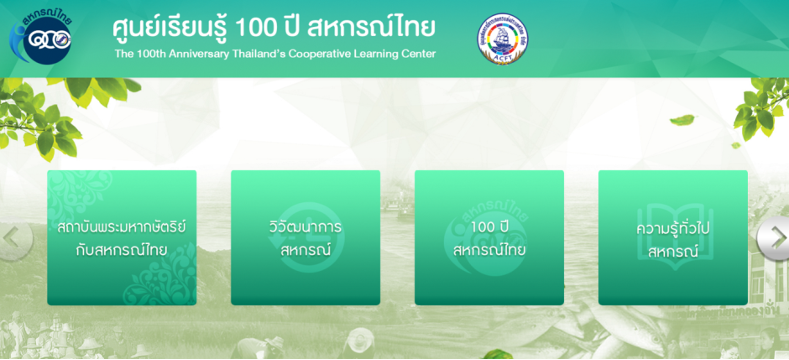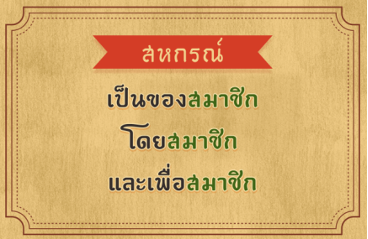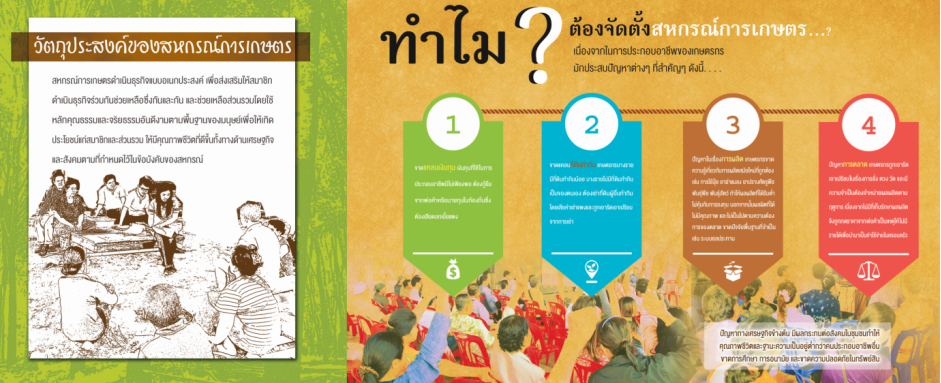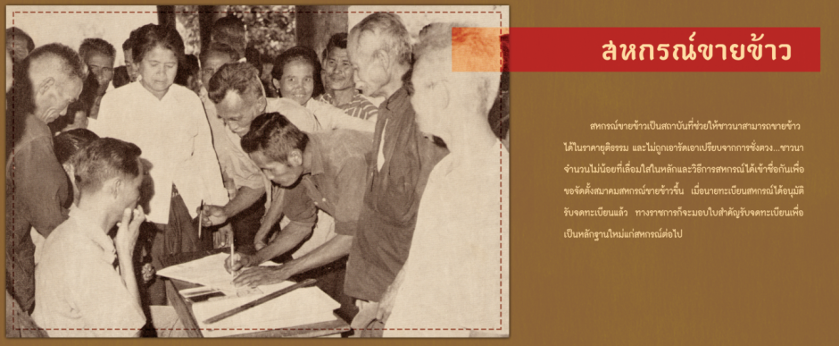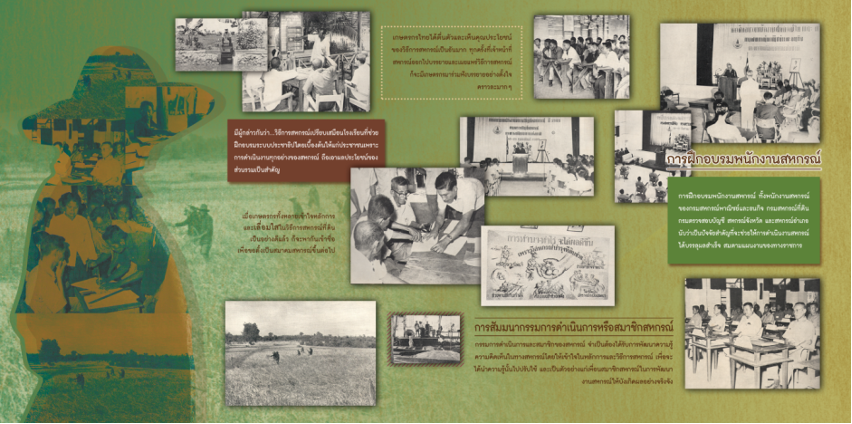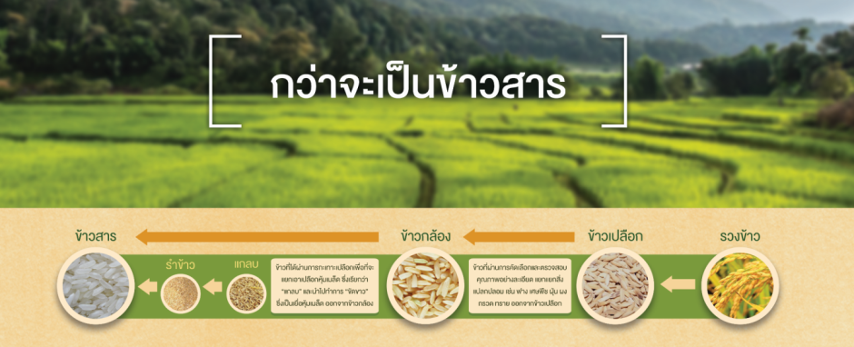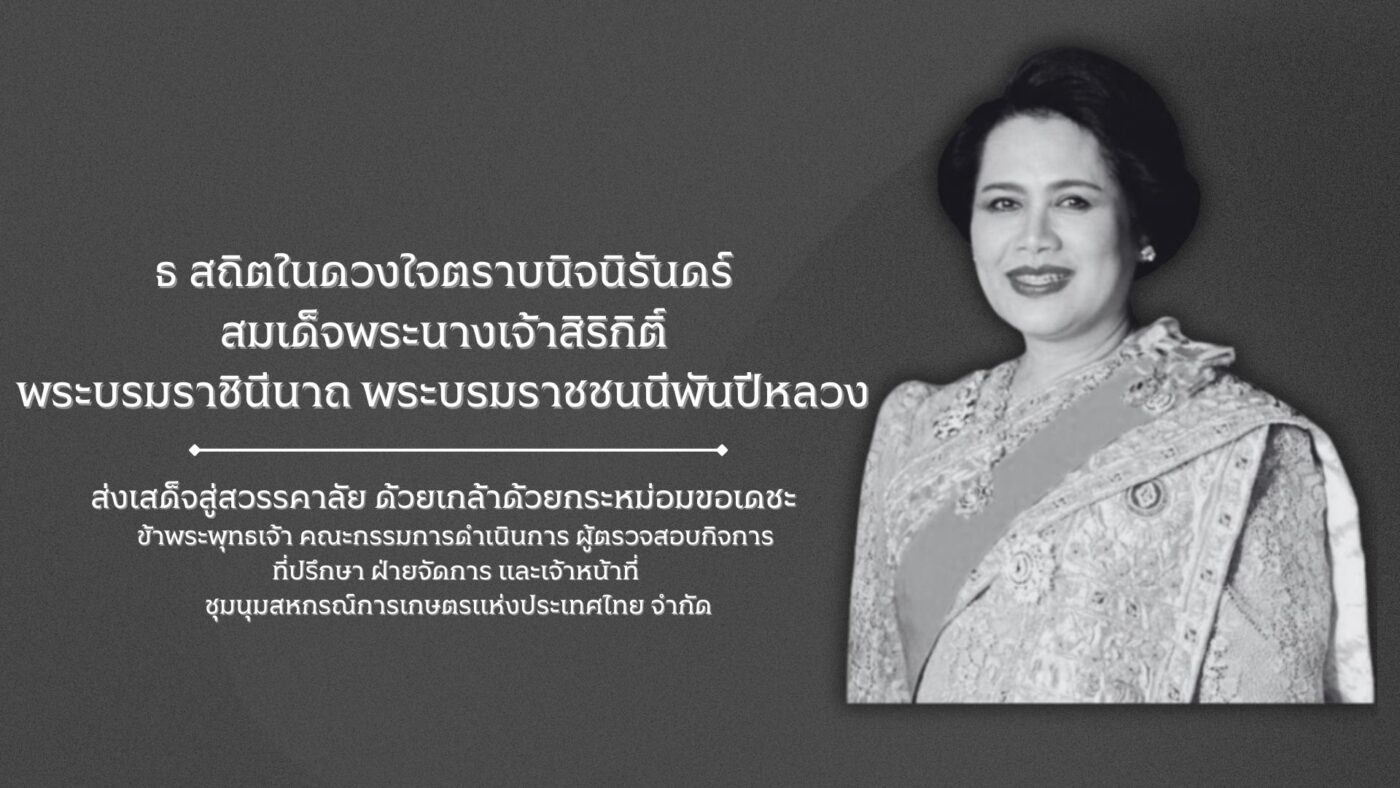100 Years of Thai Cooperatives Learning Center
The cooperative movement in Thailand began on 26th February 1916, and will celebrate its 100th anniversary on 26th February 2016. His Royal Highness Prince Phithayalongkorn, the “Father of Thai Cooperatives,” was the registrar who officially registered the Wat Chan Cooperative as the first cooperative in Thailand. Over the years, Thai cooperatives have developed and expanded, and today there are seven types of cooperatives:
-
- Agricultural Cooperatives
- Fisheries Cooperatives
- Settlement Cooperatives
- Retail Cooperatives
- Service Cooperatives
- Savings Cooperatives
- Credit Union Cooperatives
In total, there are 8,173 cooperatives with 11.47 million members and a combined operating capital of 2.17 trillion baht. These cooperatives engage in various activities including production, collection of produce, marketing, services, savings, lending, and providing educational training in academic, welfare, and community support areas. Their principles and methods are modeled after the first cooperative established about 180 years ago in Rochdale, England, which later spread to Germany and other countries worldwide.
To commemorate the 100th anniversary of Thai cooperatives on 26thFebruary 2016, The Agricultural Co-operative Federation of Thailand, Ltd. (ACFT) proposed the establishment of the 100 Years of Thai Cooperatives Learning Center. This center aims to be a comprehensive repository of knowledge related to cooperatives in Thailand and worldwide. It is intended to serve as an educational resource for cooperative members, students, and the general public, as well as government agencies and private organizations. The center seeks to provide knowledge and skills in cooperatives to benefit members and communities sustainably in both economic and social aspects.
Objectives
-
- Provide a resource center for cooperative knowledge accessible to children, youth, students, those involved in the cooperative movement, the general public, as well as government and private sector organizations. The center will offer information on cooperatives, operational methods, and practical applications.
- Create a public space for cooperative leaders and members to exchange experiences, develop ideas, and advance the development of their cooperatives and Thai cooperatives as a whole in a sustainable manner.
- To Honor the Founder, recognize and celebrate His Royal Highness Prince Phithayalongkorn (the Father of Thai Cooperatives) on the 100th anniversary of the establishment of Thai cooperatives.
Target Audience
Cooperative members, Children and youth, Students, those involved in the cooperative movement, The general public, Government agencies and Private sector organizations
Location of the 100 Years of Thai Cooperatives Learning Center
The center will be located in a single-story building on the west side of The Agricultural Co-operative Federation of Thailand, Ltd. (ACFT) premises.
Expected Benefits
-
- Children, youth, students, and the general public will gain access to cooperative knowledge, operational methods, and skills. They will be able to apply this knowledge in daily life or as a model for starting new cooperatives.
- Cooperative leaders and members who visit the 100 Years of Thai Cooperatives Learning Center will have a public space to exchange ideas for developing their own cooperatives and enhancing the sustainability of Thai cooperatives.
- Children, youth, students, and those involved in Cooperatives will gain awareness of the significant contributions of His Royal Highness Prince Phithayalongkorn (the Father of Thai Cooperatives) to the development of Thai cooperatives.
Exhibition consists of six stations as follows:
Station 1: The Role of the Thai Monarchy in Cooperatives
-
-
King Vajiravudh (Rama VI): The continuation of cooperative support and development.
-
King Prajadhipok (Rama VII): His role in formalizing and institutionalizing cooperatives.
-
King Ananda Mahidol (Rama VIII): Contributions to the modern cooperative movement.
-
King Bhumibol Adulyadej (Rama IX): His support and influence on cooperatives during his reign.
-
Princess Maha Chakri Sirindhorn: Her current involvement and support for cooperative development.
-
Station 2: Evolution of Cooperatives – Global and Thai
-
-
History of International Cooperatives
-
History of seven types of Thai Cooperatives in Thailand
-
Station 3: The 100-Year History of Thai Cooperatives
-
-
Biography of Prince Phithayalongkorn: The Father of Thai Cooperatives and his contributions.
-
Wat Chan Cooperative: The first cooperative established in Thailand on 26thFebruary 1916.
-
Station 4: General Knowledge about Thai Cooperatives
-
- Definition of Cooperatives: Organizations formed voluntarily to meet economic, social, and cultural needs through democratic principles.
- Cooperative Ideology: The philosophy of mutual aid and support leading to better living standards and social harmony.
- Seven Cooperative Principles:
-
-
- Voluntary and Open Membership
- Democratic Member Control
- Member Economic Participation
- Autonomy and Independence
- Education, Training, and Information
- Cooperation Among Cooperatives
- Concern for Community
-
Station 5: History of Agricultural Cooperatives (Kamphaeng Khong)
Station 6: Presentation of Cooperative Operations

